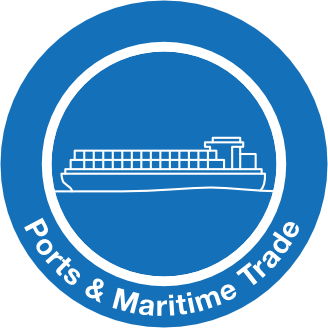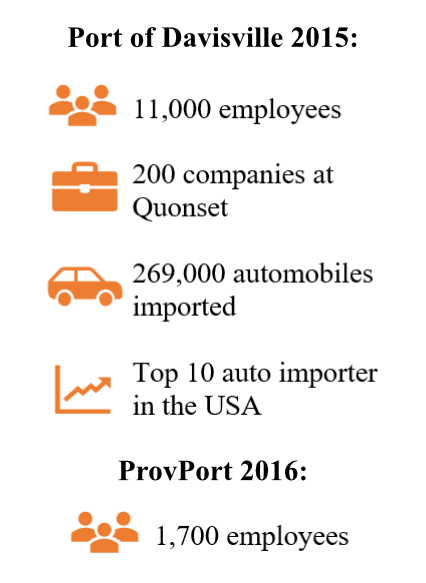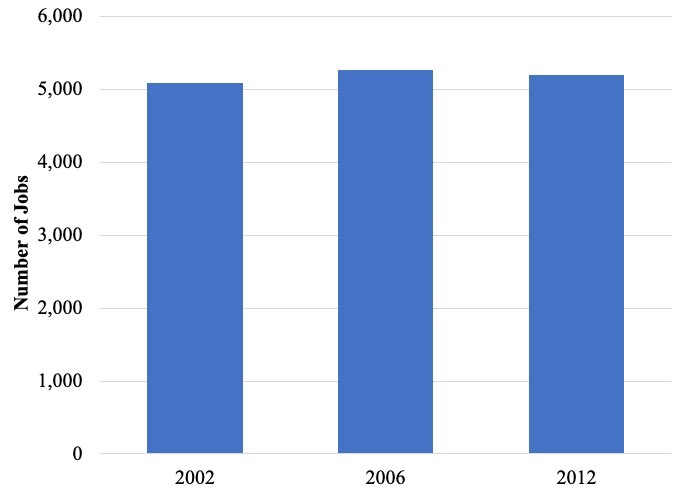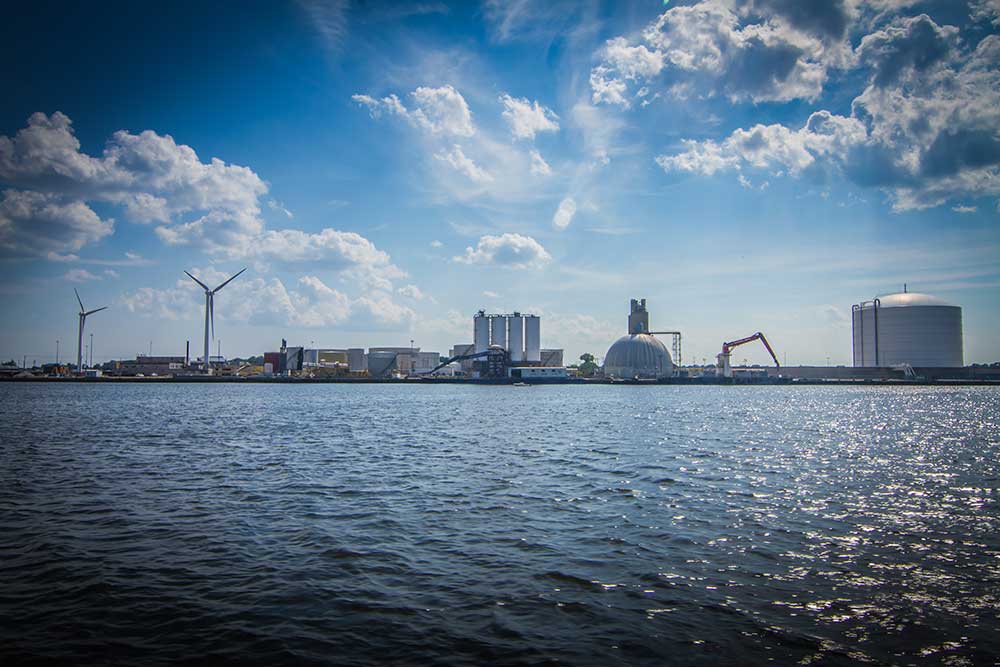

Recent Trends
- Maritime trade continues its legacy as a strong contributor to the watershed’s economy: in 2015, the Quonset Business Park housed over 200 companies that employed over 11,000 people. From 1994-2014, ProvPort directly employed a total of 13,000 individuals and generated $15 million in tax revenue. A 2014 projection predicted a rise in employment of 5,500 between 2014 – 2020, with outputs expected to increase to $2.3 billion (2014 dollars). As of 2015, the port employs 1,700 individuals.
- More broadly, maritime trade sector in RI make up 4.7% of firms in RI economy: Sproul and Michaud (2018) reported that the maritime-trade industry is comprised of 1,712 firms that generate $2.65 billion in annual gross sales and employ 13,337 people which encompasses individuals working outside of direct employment of the ports (see “Tourism” section for more details).
- The NBW is nationally ranked in automobile imports: in 2015, the Port of Davisville imported 269,000 automobiles, both new and used, making it a top 10 automobile importer in the country. This is a 27% increase from 2014 and the sixth consecutive year of rise in auto imports.
- Ports at Galilee and Newport: while these ports contribute to the watershed’s economy, they are not involved in maritime trade. Galilee mainly houses charter fishing boats, tours, and the Block Island Ferry. Newport mainly deals with tourism through its docking of cruise ships. For more information about the economic value of related sectors, see the “Tourism,” “Recreational Boating,” and “Recreational Fishing” fact sheets.

Future Outlook
In 2016, voters approved $50 million in support for the modernization of infrastructure at the Port of Davisville and another $20 million for the acquisition of land to expand ProvPort. This growth, however, may be impacted by the effects of climate change. The National Oceanic and Atmospheric Association predicts sea-level rise to be more intense in the Northeast Atlantic region, with an expected rise of 9.8 feet by 2100. This rise in sea-level will undoubtedly impact coastal structures and port infrastructure. This may prove to be a challenge for existing structures, but also an opportunity to use the incoming funds to ensure structures can withstand impacts of sea level rise and more severe storms. Adaptation will be necessary to continue growth of maritime trade in the NBW, an industry which has ample room to grow.
Read the full ports, transportation, and maritime trade chapter

